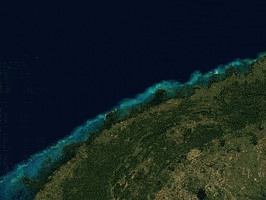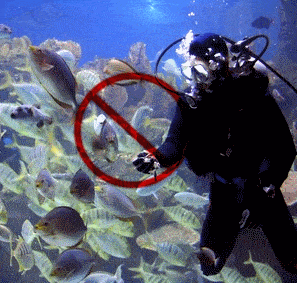Caribbean Diving
For many scuba divers residing in the Americas (and certain other parts of the world), a Caribbean diving holiday provides the premier underwater experience.
This page of our website presents information on key aspects of scuba diving and snorkeling Caribbean coral reefs, along with our choices for the best dive vacation destinations in the region. The vast majority of Caribbean diving is conducted in coral reef habitats, and this is the focus of our discussion here.



